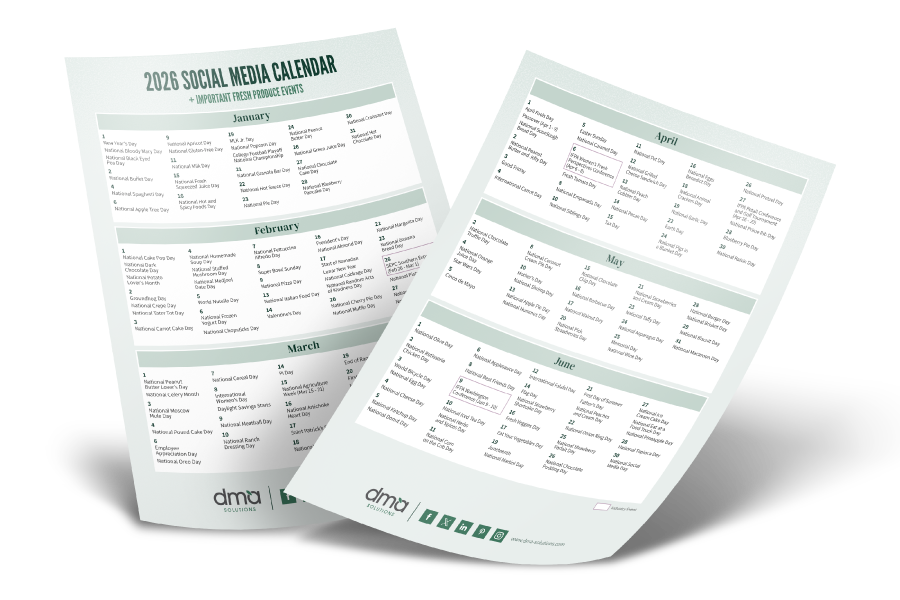Let me be honest and disclose up front that I’m a millennial, but even I can’t keep up with all of the “in” words. New slang is being created every single day, so it’s nearly impossible to stay on top of what’s hot unless you’re consistently watching the news, social media, and what any “youngins” you know happen to be saying.
Here are three tips—illustrated by the wildly popular movie Mean Girls—to help you eclipse everyone’s favorite “cool mom” as you work to incorporate slang into your brand’s messaging:
Tip 1: Just Google it
Seriously, before posting anything (particularly social media content): take out your phone and Google that unfamiliar phrase or word you’re thinking of using. Not to burst anyone’s bubble…but any “new” word that seems fun and unique probably already exists in one form or another—perhaps complete with a meaning you may not know—and that’s okay. Words are popular! Remember, we’re not trying to reinvent the wheel here: just make something fun and memorable to consumers. So before you run with that cool new hashtag, just be sure it hasn’t already been taken—and related to something you do not want associated with your brand.
Even phrases that “everyone should know” can be a target for colloquialism (a word or phrase that is not formal, typically used in casual conversation). I can think of many phrases and words that had one meaning in the past and a completely different meaning today, such as:
Goat
1949: What a goat! (He’s a coward.)
2019: He’s the goat (or rather, G.O.A.T.)! (He’s the greatest of all time.)
Tea
1959: Let’s get some tea! (Let’s drink an actual cup of tea.)
2019: Spill the tea! (Tell me the gossip!)
Salty
1969: Does this taste salty to you? (This food has too much salt on it.)
2019: Why are you so salty? (Why are you so mad?)
Tip 2: Think outside of the box
The limit does not exist (mathematically or literally) on how many ways you can creatively present your brand. One of my favorite things to do when researching a new topic and brainstorming content is to look up relevant puns, rhymes, and sayings—really, anything to get the creative juices flowing (see where Google comes in handy yet again?)!
Questions to keep in mind: What’s the first thing that people think of when envisioning your product? Can you use that to your advantage by making a clever play on words or meanings? Plays on words make for great hashtags (as long as you adhere to the wisdom in Tip 1 above!) on social media, and a little humor—may we suggest using a few well-placed .GIFs?—can easily spice up blog posts.
…but again, be sure that that word really means what you think it does, unlike in this Subway Canada Twitter poll that absolutely nobody voted in:
Pick your bread bae.
— SUBWAY® Canada (@SUBWAYCanada) May 9, 2018
Tip 3: Stop trying so hard
(Sorry Gretchen, “fetch” is still not going to happen.)
As any Mean Girls aficionado can tell you, the best way to stay cool is to…stop trying so hard to look cool.

We should also note that blindly accepting something unfamiliar, whether it be a phrase or tactic, is of course a disaster waiting to happen. It’s okay to not know what someone is saying—the difference is making the effort to learn. How can you try to emulate something you don’t understand? Don’t be embarrassed to ask what a certain phrase means (some of us have to Google at least half of the new slang words thrown around the office, we promise), and there’s nothing wrong with just sticking with what you know when it works!
The main takeaway is this: colloquialism looks different in every region, industry, and target market. For your brand to effectively incorporate today’s slang (without running into a PR disaster or social media slip-up), we advise: 1.) doing your research to ensure you know what that word actually means, and 2. getting creative—lest Gen Z-ers take to social media to inform you that your brand is “wack.”
Have something to add? We’d love to hear from you! Leave us a comment below or reach out to us on Twitter at @TheCoreBlog!
{{cta(‘5de978d7-8c0c-4f83-8388-4d52595702af’)}}

